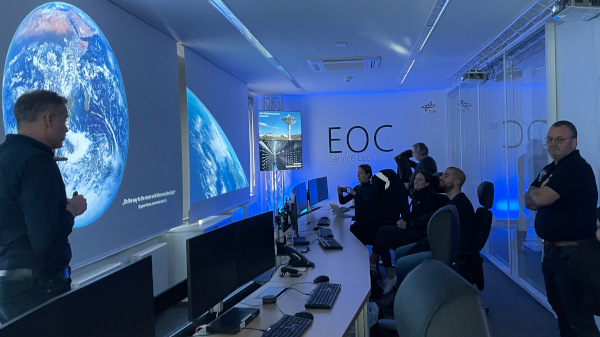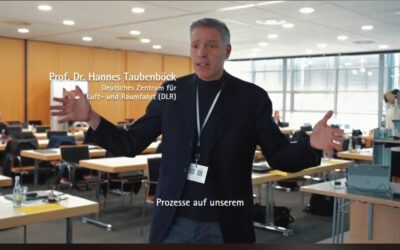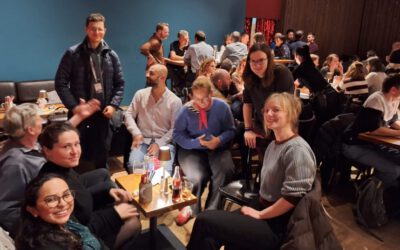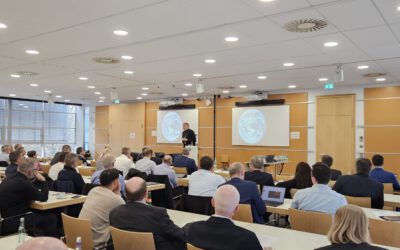The astronaut training of ESA also includes a basic remote sensing training in order to enable them to understand the dynamics on our planet and the methods applied by earth observation research.
Especially the topics of mapping urban sprawl, disaster and humanitarian crisis was presented by Hannes Taubenböck among other research fields at EOC such as geo-visualization.
One of the ESA astronauts was also in fact an old Wuerzburg student and is now in the ESA astronaut training program.
www.dlr.de/eoc/desktopdefault.aspx/tabid-19385/32016_read-90420/









